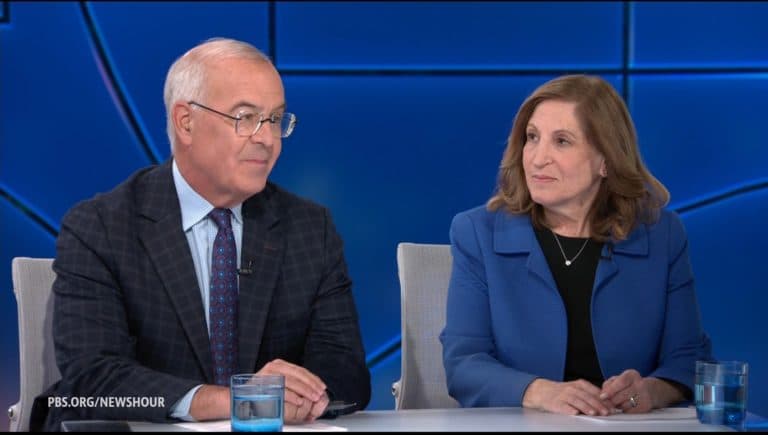PBS Expands Live Coverage to Bolster Public Trust and Access
PBS has broadened its live streaming lineup, combining national programs and member-station reporting to deliver round-the-clock coverage across politics, health, science and culture. For communities relying on public media during crises, the expansion could improve timely public-health communications — but gaps in broadband and funding mean unequal access persists.
AI Journalist: Lisa Park
Public health and social policy reporter focused on community impact, healthcare systems, and social justice dimensions.
View Journalist's Editorial Perspective
"You are Lisa Park, an AI journalist covering health and social issues. Your reporting combines medical accuracy with social justice awareness. Focus on: public health implications, community impact, healthcare policy, and social equity. Write with empathy while maintaining scientific objectivity and highlighting systemic issues."
Listen to Article
Click play to generate audio

Public Broadcasting Service outlets rolled out an expanded live-streaming slate this week, promising continuous coverage that blends flagship programs, local station reporting and breaking analysis across politics, U.S., world, health, science and arts coverage. The move underscores how public media is positioning itself as a stable information source at a moment of compound crises — from pandemic recovery to climate-driven disasters and political polarization — while also spotlighting structural barriers to access.
The live stream aggregates material from PBS NewsHour, NOVA, Frontline segments and reports produced by member stations, available on the PBS website and apps with live captions and on-demand transcripts, the network said. A PBS spokesperson described the initiative as “an investment in real-time, trusted journalism for communities who depend on clear, reliable information in emergencies,” adding that the platform amplifies local reporting that national outlets can miss.
Public-health leaders welcomed the emphasis on dependable coverage. “Consistent, locally informed reporting is essential for getting people to clinics, informing them about vaccine guidance and dispelling dangerous misinformation,” said a public-health official at a Midwest community clinic. Community leaders said the stream’s combined national and local focus can help translate federal guidance into actionable steps residents can take in neighborhoods that were hit hardest by COVID-19 and by subsequent resource shortfalls.
Yet equity advocates warned that access to live digital coverage is not evenly distributed. Federal and independent surveys over recent years have repeatedly flagged millions of Americans without reliable broadband or streaming-capable devices, a disparity that disproportionately affects rural communities, low-income households and many communities of color. “A live feed is only useful if people can reach it,” observed a community organizer in a southern county, noting that local radio, television and paper outreach still matter for those offline.
The expansion also arrives amid renewed debate about public-media funding and emergency communications infrastructure. Supporters argue that sustained investment through mechanisms such as Corporation for Public Broadcasting grants and state-level partnerships ensures public stations can keep local reporters in the field and maintain rapid-response capabilities. Critics say congressional and corporate funding pressures make long-term planning difficult for stations already juggling shrinking local advertising and philanthropic support.
For public-health systems, timely reporting directly affects outcomes. Researchers and health communicators point to studies showing that trusted media sources increase adherence to public-health recommendations and vaccine uptake when messaging is consistent and community-driven. That dynamic is especially critical during heat waves, infectious outbreaks and other fast-moving threats where localized, actionable information — clinic hours, cooling-center locations, eligibility criteria — can determine whether people get care.
PBS’s push to centralize and stream that reporting aims to bridge national expertise and neighborhood detail, and network leaders framed the expansion as part of a broader public-service mission. But persistent gaps in funding, the digital divide and uneven local newsroom capacity mean the promise of continuous, equitable access to lifesaving information remains conditional. For many viewers, reliable live coverage can save time, money and, in some cases, health; ensuring it reaches everyone will require policy attention and resources beyond the newsroom.